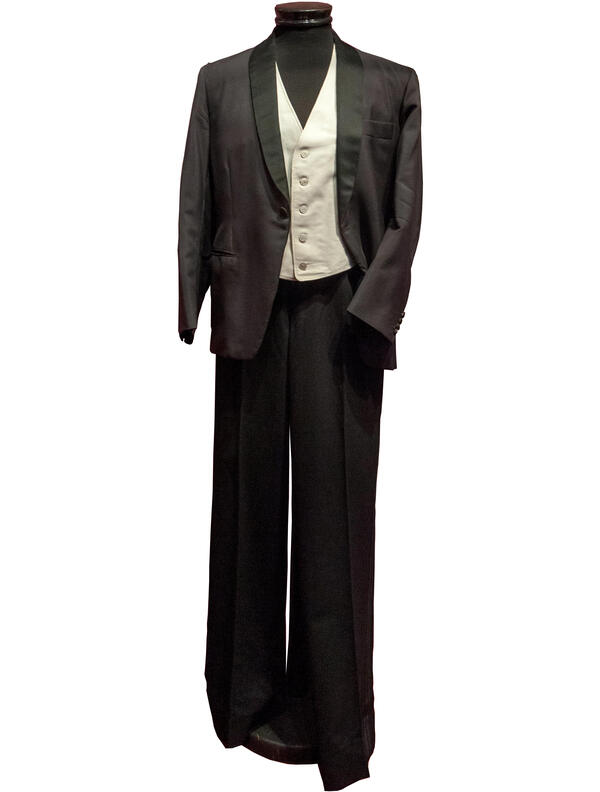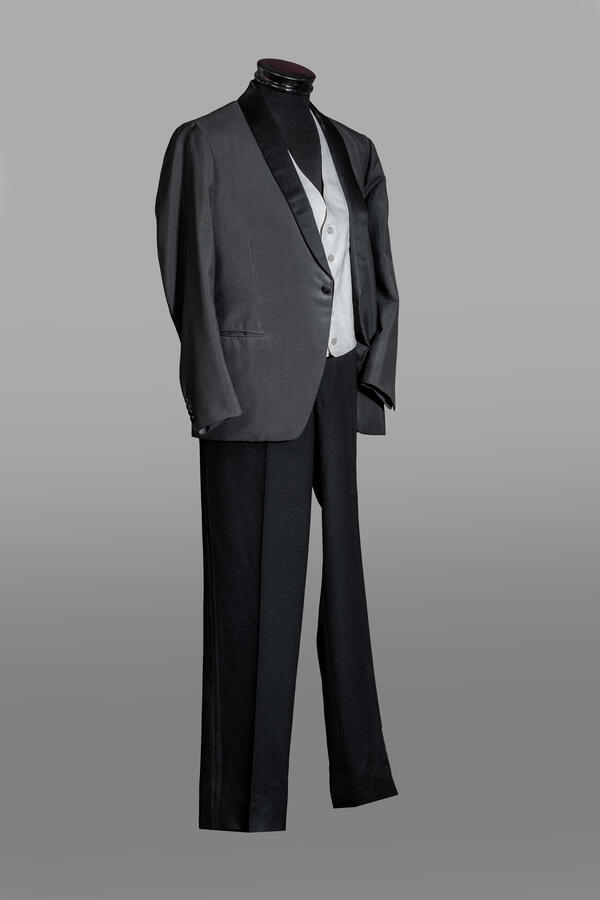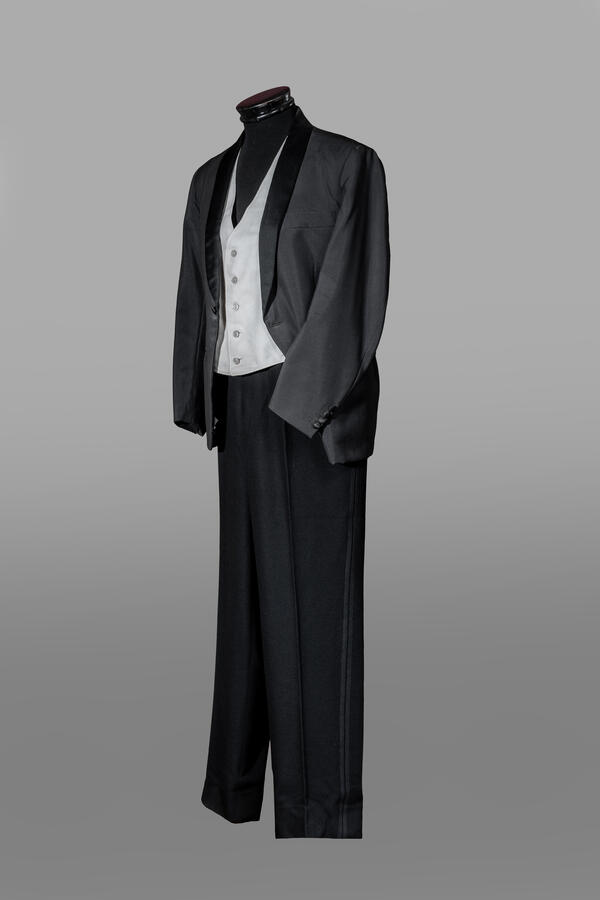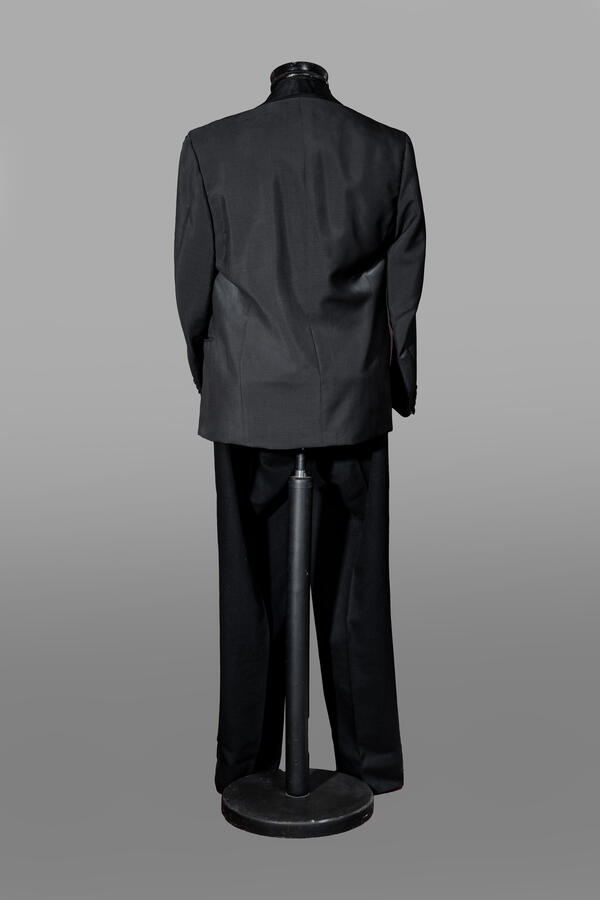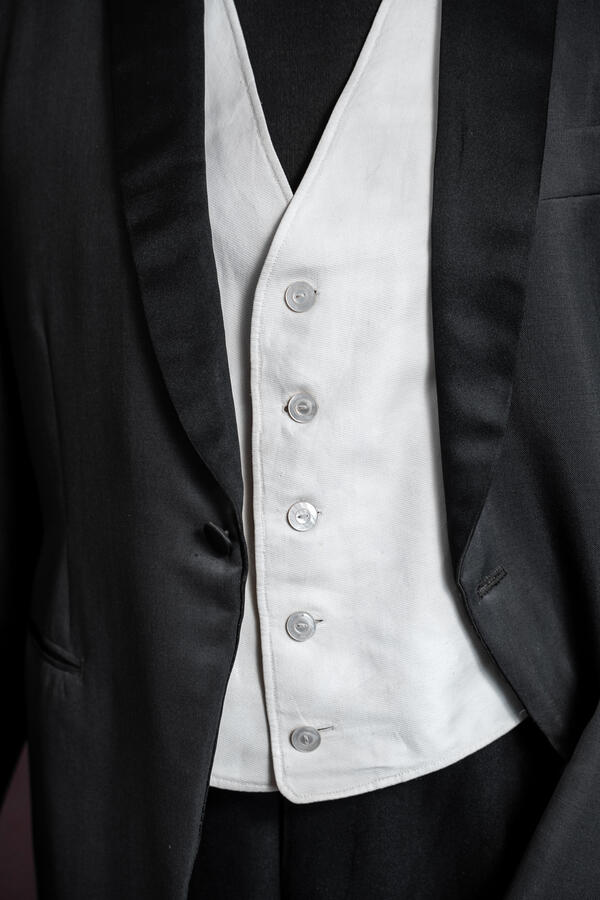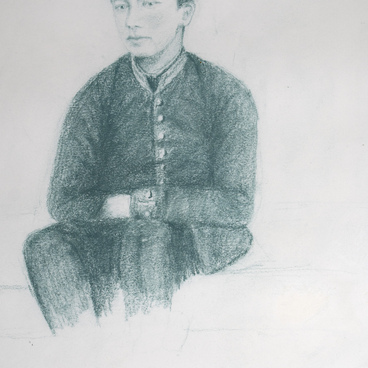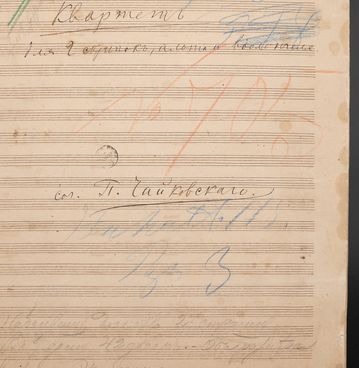The development of musical art in Russia in the 19th century is associated with the names of Anton and Nikolay Rubinstein. The brothers studied under Theodor Kullak (piano) and Siegfried Dehn (music theory). They founded the St. Petersburg and Moscow Conservatories and brought up a generation of talented musicians, composers and performers.
Nikolay Rubinstein had both artistic talents and organizational skills, which is a rare combination. He carefully selected teaching staff for his future brainchild. Among them were many foreigners who did not speak Russian. However, Rubinstein wanted to see a Russian musician as a professor of music theory.
At first, the position was offered to Alexander Serov, who, having agreed, unexpectedly changed his mind in the autumn of 1865. Then Rubinstein decided to invite one of the first graduates of the St. Petersburg Conservatory — Pyotr Ilyich Tchaikovsky (on the recommendations of Herman Laroche and Nikolay Kashkin). Rubinstein had a choice: Tchaikovsky or his classmate Gustav Cross, whom the St. Petersburg Conservatory advisers recommended as a “more experienced” musician. But Rubinstein stood firm and made his decision in favor of Tchaikovsky.
After arriving in Moscow, Tchaikovsky initially taught music classes at the Russian Musical Society, and on September 1, 1866, he began working at the Conservatory as a professor. The music critic Nikolay Kashkin recalled,
